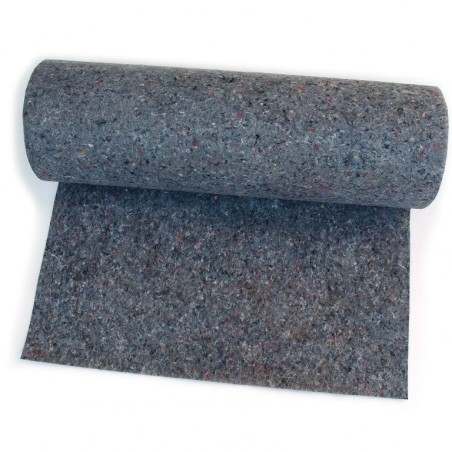Vaccination of sows against Atrophic Rhinitis aims to protect piglets by passive immunity transmitted via the colostrum. The prevalence and intensity of Atrophic Rhinitis is often assessed by scoring nasal lesions. The objective of this study was to compare the rhinitis lesions scored on the snouts of pigs according to vaccine status and parity of their mother (primiparous and multiparous; vaccinated or unvaccinated).
A total of 283 pigs from one experimental farrow-to-finish farm were used. The farm has been vaccinating against Atrophic Rhinitis for many years, and has a level of rhinitis lesions in the low to medium range. Four groups of pigs were defined according to the vaccine status of the sows / gilts: pigs born from unvaccinated gilts, pigs born from unvaccinated sows, pigs born from vaccinated gilts, pigs born from vaccinated sows.

The average lesion scores of pigs born from unvaccinated sows or gilts were higher than those born from vaccinated sows or gilts.There was no difference between the lesion scores of pigs born from vaccinated gilts and those of pigs born from vaccinated sows. The average lesion scores of pigs born from unvaccinated gilts are significantly higher than those born from unvaccinated sows. This underlines the need to complete vaccination courses for maximal protection.
Isabelle Corrégé, Elisabeth Sallé, Anne Hémonic, Didier Duivon, Loïc Volant. Impact du rang de portée et de la vaccination des truies sur la prévalence et la sévérité des lésions de rhinite. 47e Journées de la Recherche Porcine.




